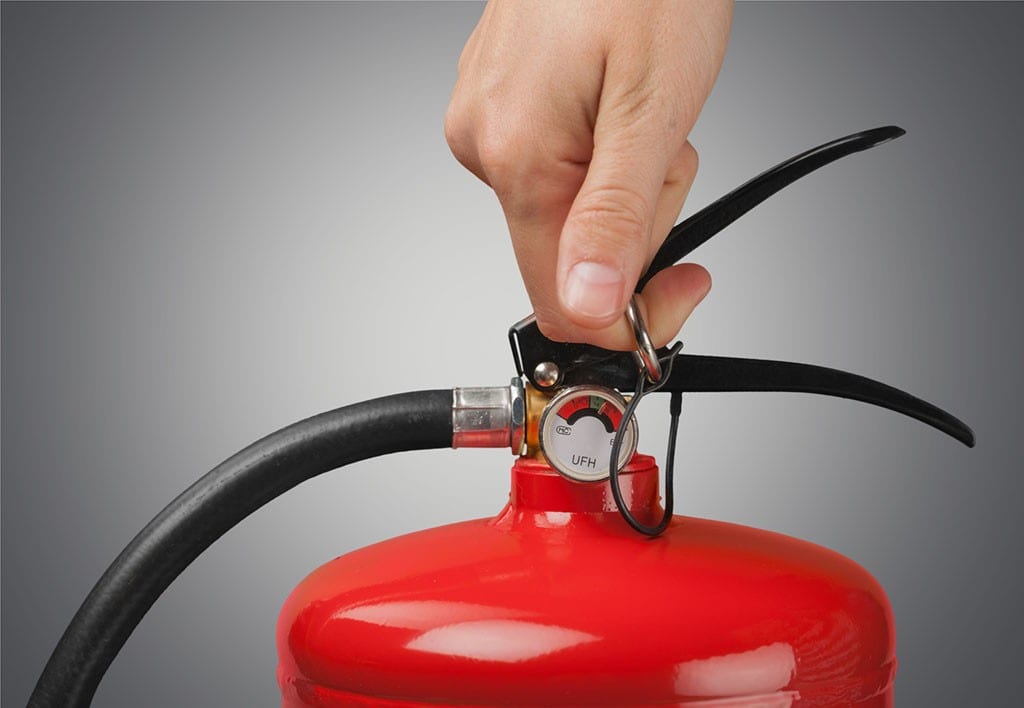Fire protection is a necessity for all Sydney business. It’s not just legally required however, it’s an effective way of keeping the property, employees and customers secured. The effects of a fire can be devastating loss in a matter of minutes, however the risks involved could be mitigated or prevented with the right precautions implemented. Inspections for fires, regular testing and tagging of electrical systems, and compliance with CFSP rules all work to create a safer environment and ensure that businesses stay in compliance to local ordinances and Building Code of Australia (BCA) standards.

The reason fire inspections are the foundation of safety
Fire Inspections are the first line of defense against potential hazards. They ensure that every part of a building’s protection system is working and current. Most businesses operating in Sydney must conduct inspections 6 or 12 times each year, based on their building type and the regulations of the council. Inspections could include anything from smoke alarms to sprinkler systems to fire alarm panels and hydrants to emergency lighting and fire alarms.
The ability to detect the hidden problems and rectify them before they cause danger is what makes inspections so crucial. In the event of an emergency the smallest flaws on a smoke detector, or the fire hydrant’s malfunction could appear insignificant. Regular inspections of fire hazards are a proactive approach for business owners to not only meet their compliance obligations, but also protect themselves from the possibility of unplanned disasters.
Testing and Tagging For Electrical Safety: Addressing Hidden Security
Electrical systems are one of the primary sources of fires in the workplace, which is why testing and tagging should always be a part of any fire safety program. This procedure involves checking the electrical equipment to ensure that it is safe, functional and safe, then followed by attaching a visible tag that indicates that the product was inspected and passed. For many businesses, this is more than a standard procedure it’s a way to protect against risks that often go unnoticed.
Incorrectly checked, worn-out or outdated cables, appliances that are defective or outdated wiring could quickly become fire hazards. Regular testing and marking reduces the chance of a fault with electricity which could lead to an accident. The employees also feel confident that their workplace is secure. This in turn creates a sense of trust and confidence in the workplace. In conjunction with testing, fire inspections, and tagging provides a complete safety strategy that minimizes risk on many fronts.
The job of CFSP is compliance and certification
In New South Wales only a Competent Fire Safety practitioner (CFSP) can certify or sign crucial documents for fire safety, such as the annual declarations of fire safety. The introduction of CFSP accreditation has raised the standard of fire safety, ensuring that only qualified professionals assess and verify safety measures. If business owners are working with a CFSP, inspections and reports are not going to be a simple document, but rather an accurate evaluation performed by professionals.
The job of a CFSP goes beyond simply the simple task of ticking boxes. They evaluate the effectiveness and state of fire protection systems and produce detailed reports. They also make sure that the system is in compliance with regulatory requirements. Firms that do not possess CFSP certification run the risk of being sanctioned or facing legal issues and even closing when they are deemed as lacking in fire protection. By partnering with accredited professionals, you can ensure that the fire safety systems are in place properly and compliance requirements are met without unnecessary stress.
Fire Safety as an ongoing Security Commitment
Fire safety is a continuous obligation for every business owner. Regular inspections and testing of electrical equipment, together with proper certification through CFSP and CFSP, create a security cycle that never ends. Beyond the legal requirements This continuous process helps create the culture of safety in the workplace. Employees can be confident that evacuation plans have been formulated and smoke detectors are functioning the emergency lighting is tested, and the fire protection system is in place to go.
By treating fire safety as an ongoing process and not just a checkbox to check every year companies can lower risks while also enhancing their reputation. Customers and clients feel more secure when they are in a place which is highly rated for safety. A proactive, long-term approach to security measures against fires can save costs by preventing costly damages in the form of fines, legal actions or even lawsuits. It also protects everyone in the structure.
Conclusion
Sydney fire safety requires a multilayered approach, which includes fire inspections and testing as well as tagging and certification through an CFSP. Each element plays a vital function in ensuring that businesses comply with the law and, more importantly, in ensuring that property and lives are safeguarded. Safety is an integral part of the business process, not an afterthought. Businesses can meet their legal obligations and create a more durable and safer environment for the future when safety is a regular part of their daily activities.
